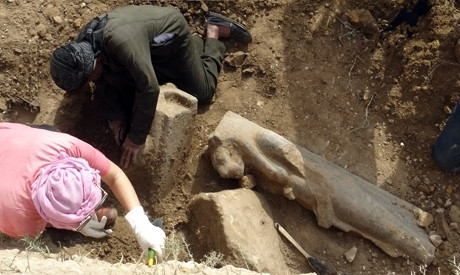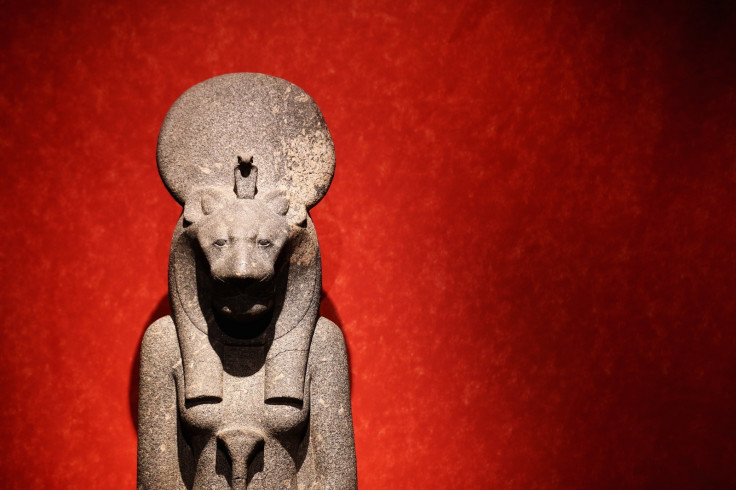Ancient statues of the lion goddess Sekhmet discovered in 3,500-year-old Egyptian funerary temple
27 statues of varying sizes have been discovered in the funerary temple of King Amenhotep III.
Archaeologists have discovered fragments from at least 27 statues of Egyptian goddess Sekhmet, hidden in an ancient religious site. The items were unearthed by an Egyptian-European team led by archaeologist Hourig Sourouzian at the Kom El-Hettan area on Luxor's west bank.
According to the Ministry of Antiquities, the statue pieces were found inside King Amenhotep III's funerary temple. Mostafa Waziri of the Supreme Council of Antiquities said the black granite statues range in height, with some measuring more than six feet.

While some of the deeper-buried figures suffered severe damage from water and salt, others were well preserved, in some cases missing only the base and feet. The 27 new discoveries are part of a collection of more than 280 Sekhmet statues found in the temple since excavation began in 1998.
According to Arham.org, the statues depict Sekhmet in different positions — sitting on a throne while holding the symbol of life in her left hand or standing and holding a papyrus sceptre. In all the figures, she is seen with a sun disk crowing her head, with a uraeus (rearing cobra) adorning her forehead.
"The sculptures are of a high artistic quality and of the greatest archaeological interest," Sourouzian said, adding that they are currently undergoing a restoration process in which they will be cleaned and desalinated. The statues will be returned back in their original setting when the site protection project is completed.
Sekhmet is recognised as one of the most powerful deities in Egyptian mythology. Described as lion-headed, she is considered the goddess of war and healing. The wife of Ptah (god of craftsmen and architects) and mother of Nefertem, it was said that Sekhmet's breathe created the desert.
Widely recognised as the daughter of Ra, the sun god, she was especially favoured by the pharaohs who saw her as their protector and the guardian of the royal lineage.
Despite being known as a force of destruction, Sekhmet was said to have a protective side, which manifested itself in her role as goddess of healing and surgery. Because of this, priests in her temples were specialists in the field of medicine, surgery and arts linked to ritual and magic.
Historians believe that King Amenhotep III many statues of Sekhmet surrounding him in the hopes that she would help with his many health problems.























